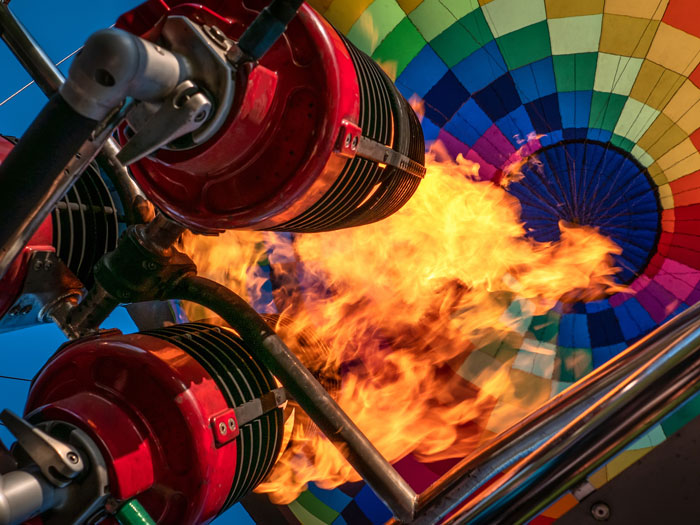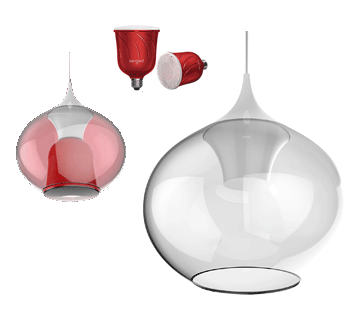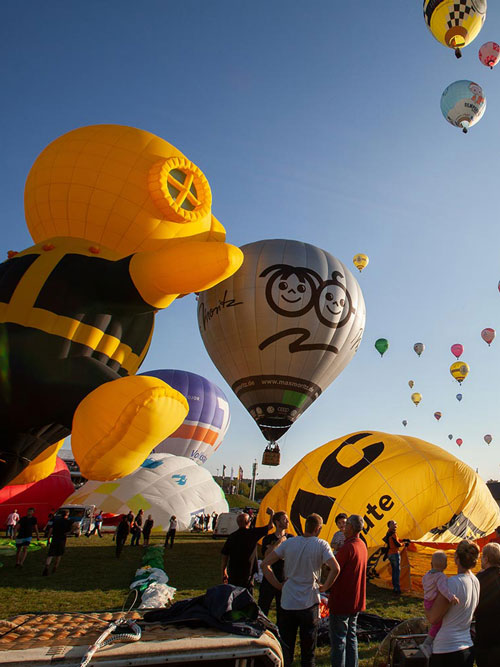Over 200 years ago, the first hot-air balloons lifted up into the sky. Today, these aircrafts are still as fascinating as ever
It’s hard to say which moment is the most fascinating. Is it the first few seconds when the basket leaves the ground? When it rises higher and higher, when trees, homes and people get smaller and smaller? Is it the silent gliding through the air as you gaze at a seemingly endless horizon? One thing is for sure: A hot-air balloon ride is an unforgettable, literally uplifting experience.
But those who want to experience the fascination firsthand have to get up early (or reserve an evening). Most balloon rides are offered in the morning or evening because that’s when thermal conditions are best. If there are the strong or gusty winds, the basket and approx. 150 kg-heavy balloon itself (called “envelope”) stay on the ground. The trip is postponed if there is even just a one percent chance of a thunderstorm. When all precautionary measures are taken, a ride in a hot-air balloon is statistically much safer than, for example, riding in a car.
 To the sky
To the sky
To prepare for a flight, the pilot first calculates the overall weight of his “load”: in other words, the passengers who have to state their body weight before the trip. The propane gas burner that heats the air in the balloon is checked meticulously for proper functioning. The envelope itself usually consists of special airtight, non-tear nylon. First, it’s filled with cold air before the burner is fired up. Majestically, the envelope gradually rises – until the air is so strongly heated (to approx. 100 °C) that the balloon and its basket leave the ground. Once the anchoring ropes are cut, there’s only one direction: up.
 Historical hot-air balloons from the 18th century: To make the cover made of light silk fabrics more stable, therefore, a net was stretched
Historical hot-air balloons from the 18th century: To make the cover made of light silk fabrics more stable, therefore, a net was stretchedFrance: Land of the hot-air balloons
The first creatures to fly in a hot-air balloon were a duck, a rooster and a sheep. They served as test passengers for the first balloon flight on September 19, 1783, in Versailles. Two months later, the Frenchmen François d’Arlandes and Jean-François Pilâtre de Rozier were the first to bravely man a hot-air balloon flight. But the brothers Jacques-Étienne and Joseph-Michel Montgolfier are considered the inventors of hot-air balloons suitable for passengers. That’s why these silent aircrafts are also referred to as Montgolfiers. After takeoff, a hot air balloon can only be steered indirectly. The pilot can change the flight altitude by releasing hot air or by reheating air and use winds going in different directions. The wind alone dictates where the journey will take you. A hot-air balloon ride ends after around 75 to 120 minutes – for first passengers, traditionally with a champagne christening. Those who’d rather drink the bubbly themselves should simply let the organizer know in advance.





